Rental LED screens are invaluable tools for enhancing weddings and celebratory events.
Weddings and celebratory events are momentous occasions filled with joy, love, and memorable moments. To elevate these special occasions to new heights, many event planners and couples are turning to innovative technology like rental LED screen. These dynamic digital displays offer a myriad of possibilities to enhance the overall experience for both hosts and guests.
#Muenled
#LEDrentalscreens
All posts tagged: Rental LED display
The hardest part of starting up is starting out
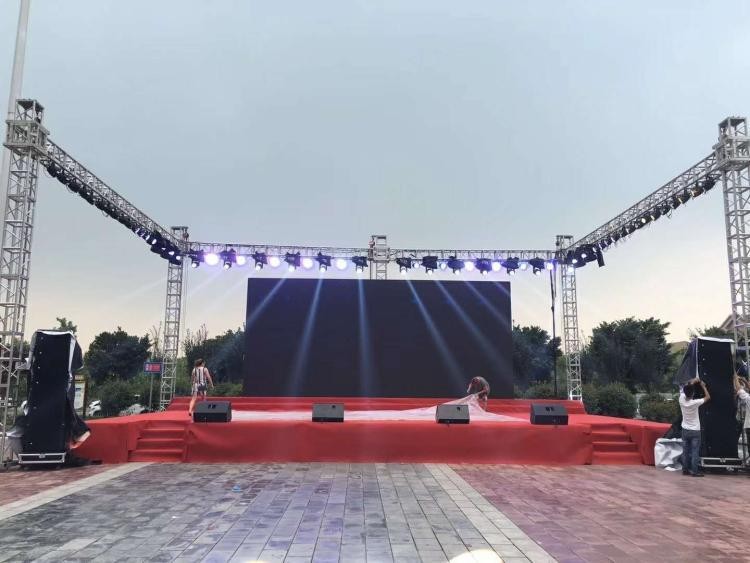
LED rental screens used in weddings and celebrations
Which type of LED module is most suitable for rental LED display screens?
In general, rental LED screens play various functions and purposes. And if you’re no LED display guru but want the best rental LED screen for your event, here’s a guide.
#Muenled
#rentalLEDdisplayscreens

Choose the best LED display cabinet material.
As you come across LED display terms, you know the word “LED screen” or “LED display.” It is an influential and prominent digital device we use for many applications. It is widespread in advertising, business, retail, events, and more.
#Muenled
#LEDdisplay
#ledscreen
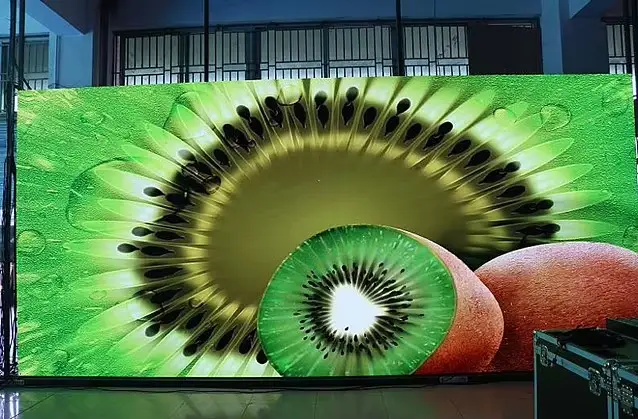
The reason why Rental LED Displays is popular in the market.
The birth of rental LED display stems from the evolution of display technology. Early screens were bulky and limited. In the 1960s, LEDs (Light Emitting Diodes) emerged, offering efficient and vibrant displays. But miniaturization was needed.
The breakthrough came in the 1970s with the invention of micro LEDs. These tiny, powerful lights paved the way for compact displays. In 1977, the first full-color LED display appeared as a milestone. Advancements continued into the 1990s, with improved brightness and color accuracy. Rental LED displays gained attention for their visual impact at events and shows. Costs decreased, and accessibility increased.
#Muenled
#RentalLEDDisplays
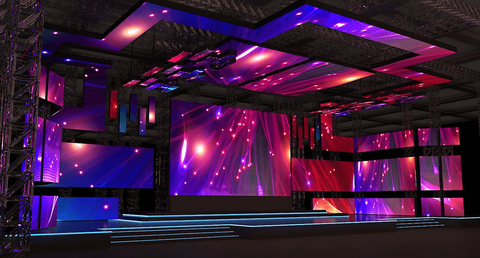
What are the advantages of traditional LED displays and rental LED displays?
The leasing of LED screens refers to an LED display screen that mainly exists in the form of leasing. In our daily lives, it is the background screen used for viewing performances or artistic shows. Compared to traditional LED display screens, rental LED screens have more advantages and are very suitable for large scenes and shocking effects, allowing performers and audiences to merge into one, creating an immersive experience. Do you know what advantages rental LED screens have compared to traditional LED display screens?
#Muenled
#rentalLEDdisplays
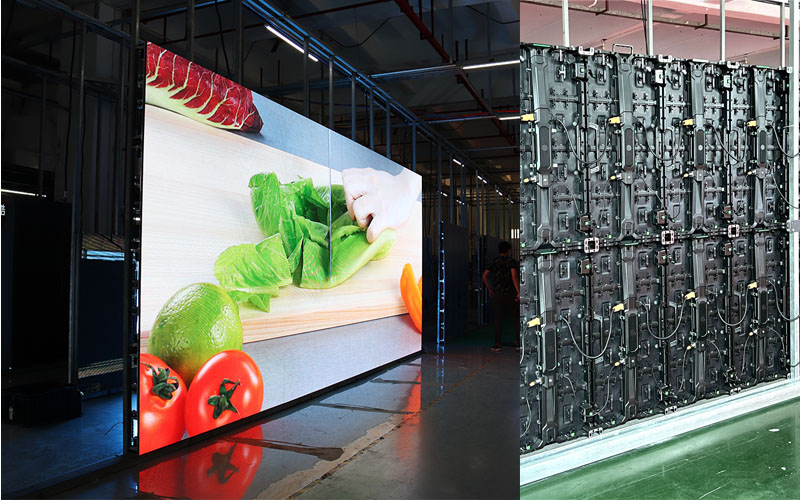
The benefits of rental LED display screens indoors for enterprises
Indoor rental LED screens are specifically designed for stage performances and cultural events. They are usually rented out and therefore named as indoor rental LED screens. They are widely used in stage rental, song and dance performances, various press conferences, exhibitions, sports venues, theaters, auditoriums, conference halls, multi-purpose halls, meeting rooms, entertainment venues, nightclubs, upscale entertainment halls, etc. Indoor rental LED screens have been widely used in TV Spring Festival Galas, auto shows, and various important cultural events.
#Muenled
#rentalLEDdisplay
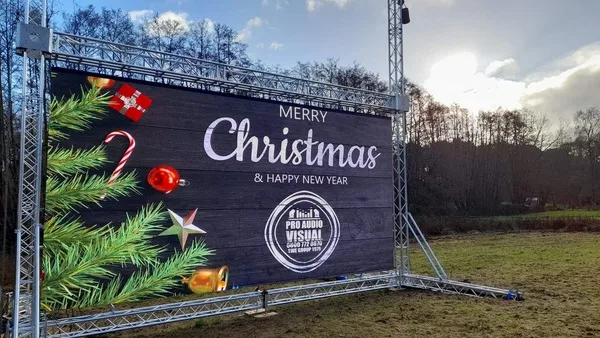
Outdoor LED display rental application scenario
As an information dissemination tool and an external visual media for computers, outdoor LED screen rental has strong real-time dynamic data display and graphic display capabilities. Nowadays, it has been widely used in various industries. Do you know where outdoor LED screen rental can be applied?
#Muenled
#rentalOutdoorLEDdisplay
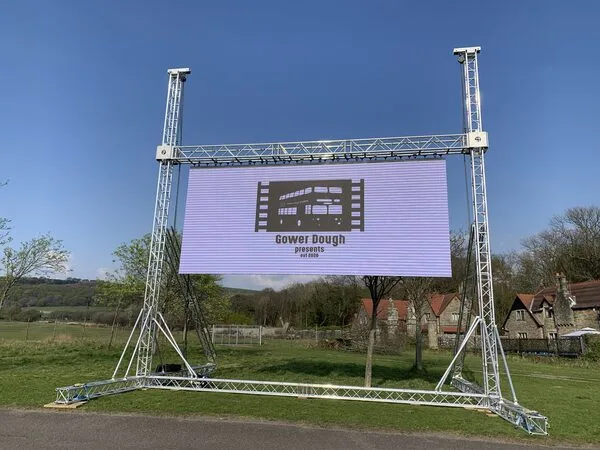
Extend the service life of rental LED screens
Nowadays, with the increasing number of various entertainment activities and press conferences, the application of rental LED screens has become more and more widespread, and their presence can be seen at important cultural events and other venues. Do you know how to extend the lifespan of rental LED screens?
#Muenled
#rentalLEDscreens
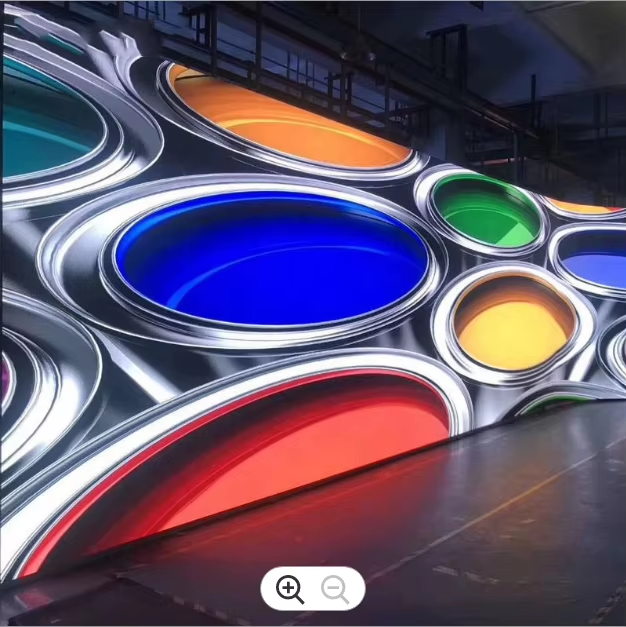
Application Places for Indoor Rental LED Screens
Some indoor stores in shopping malls have large storefront windows at the entrance, displaying product features or brand image. Indoor rental LED screens are typically placed here to increase exposure and attract potential customers. These indoor rental LED screens used in indoor stores require high-quality images and natural colors, as well as energy efficiency to reduce store costs. In addition, indoor rental LED screens are installed above different shelves in the store to display product prices, promotions, or other detailed information. These indoor rental LED screens need to be flexible in size and have a certain degree of curvature according to the design of the shelves.
#Muenled
#IndoorRentalLEDScreens
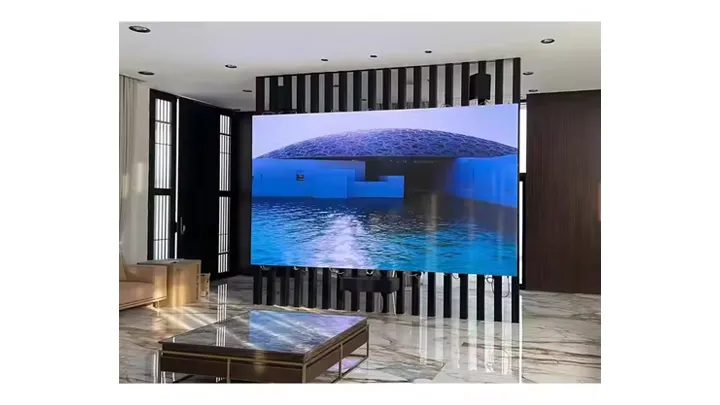
Indoor rental LED display screens and fixed LED display screens advantage
Nowadays, LED displays have entered thousands of households and are widely used in more and more occasions and activities. Therefore, the corresponding LED display rental is also increasingly favored by event organizers. Whether it is outdoors or indoors, LED displays can be seen. Among them, indoor LED displays are relatively small in size and designed for stores and enterprises with large display windows, as well as organizations that want to achieve certain display goals. Compared to fixed LED displays, rental LED displays are more convenient and practical, and can save a large amount of money spent on directly purchasing LED displays. Do you know the advantages of indoor rental LED screens compared to fixed LED displays?
#Muenled
#IndoorrentalLEDdisplay